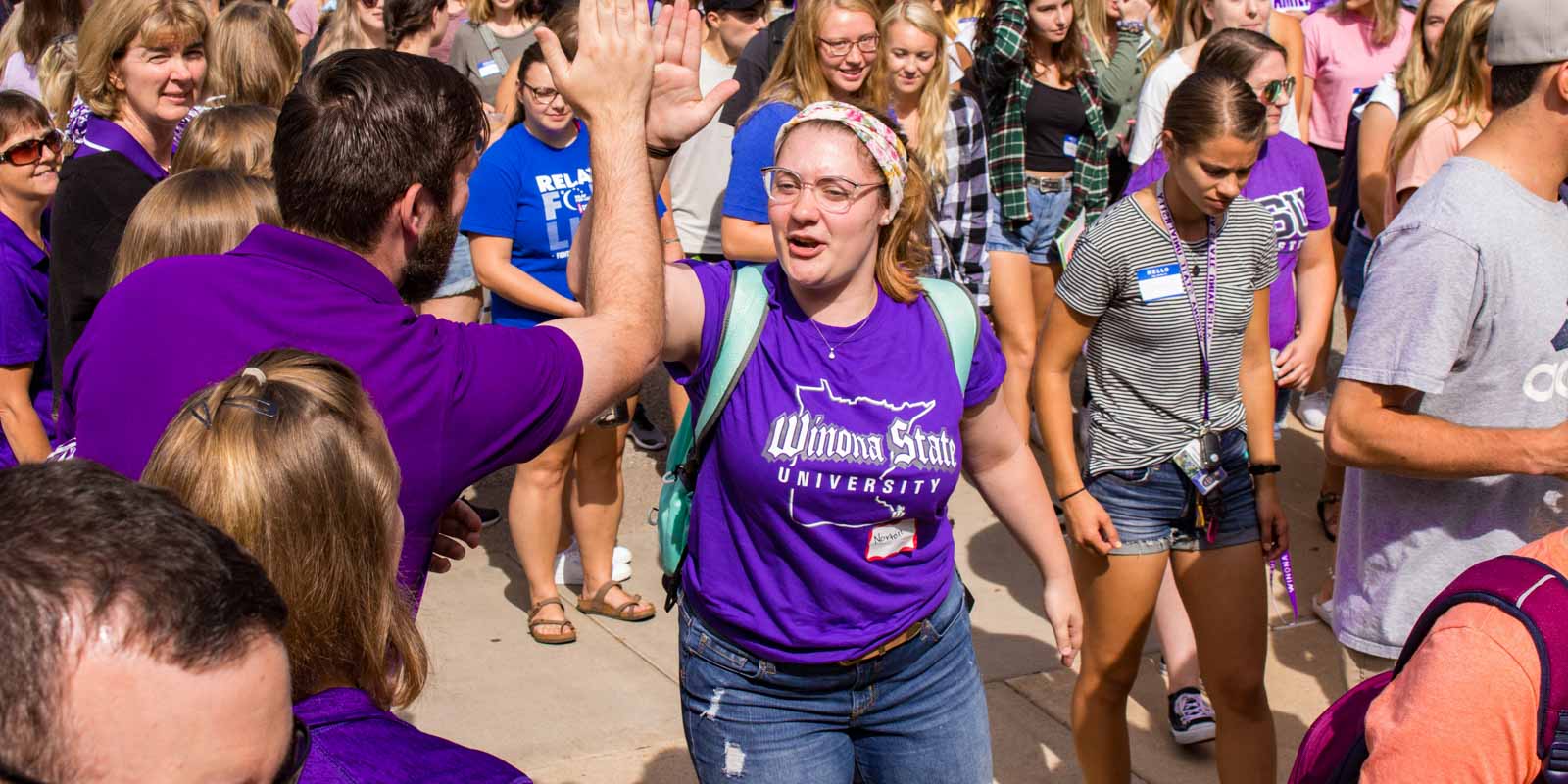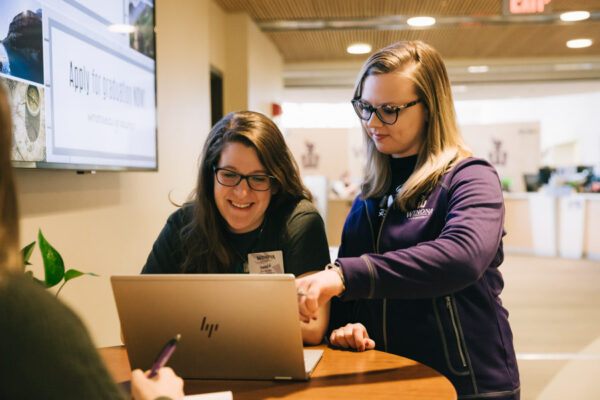
Financial Aid & Affordability
A college education is an investment in your future. At WSU, using financial aid to pay for college is easier than you think.
Cost of Attendance
Find the official rates for tuition, housing, and meal plans. You can estimate your total costs and financial aid options with the Net Price Calculator.
Find official tuition rates and fees for undergraduate students.
Find official tuition rates and fees for graduate students.
International students can learn more about the tuition rates, fees, and scholarships that apply to them.
View official rates for housing and meal plans at WSU.

This is the average amount of scholarships and grants from just WSU.
There’s more aid available to you with state and federal programs as well as outside scholarships.
It’s not just your first year. Our aid extends to returning students, transfers, and graduate students too!
In general, you should start applying for financial aid in the Fall of the year before you plan to go to college.
Complete the Free Application for Federal Student Aid (FAFSA) as soon as possible starting Oct. 1.
Complete any follow-up paperwork if needed, so there are no processing delays.
Over the Spring, the Financial Aid Office will process your FAFSA.
In May, you’ll get an estimated financial aid award and then a final total around June or July.
Once you accept your funds, the money is disbursed to your student account around August or September to pay your tuition bill.
This timeline will vary depending on when you complete the FAFSA. You have until May 15 before you’re considered a late filer, though waiting can cause a delay in receiving your award funds.
Once you’re a current student, you’ll need to complete the FAFSA each year to continue receiving financial aid.
About 94% of WSU students qualify for some form of financial aid, so it’s likely you will too!
To receive federal or institutional funds from the WSU Financial Aid Office, you must meet these basic criteria:
- Have a high school diploma or equivalent
- Be enrolled as a regular student (i.e., not special admit or audit) in a degree-granting program
- Be a U.S. citizen or eligible non-citizen
- Be making satisfactory academic progress toward completion of your degree
- Not owe a refund on any federal grant
- Not be in default on any student loan previously received
- Be registered with the Selective Service and the INS if required by law to do so
- Not have been rendered ineligible for federal aid as a result of a drug conviction
Scholarships and private loans may have other eligibility criteria.
The WSU Financial Aid Office relies on these 3 numbers to calculate your financial aid.
Your level of financial need determines how much money you can be awarded through various aid programs. WSU tries to meet that need through need-based aid programs such as grants and scholarships.
If you have remaining need, you’ll likely be offered federal student loans to cover costs.
Net Price Calculator
You can get an estimate of your tuition costs, related expenses, and financial aid awards with the Net Price Calculator.
Need help figuring out the financial aid process? Have questions about your award letter or how aid money is distributed?
Financial aid counselors are available to help you understand how you can fund your college education.